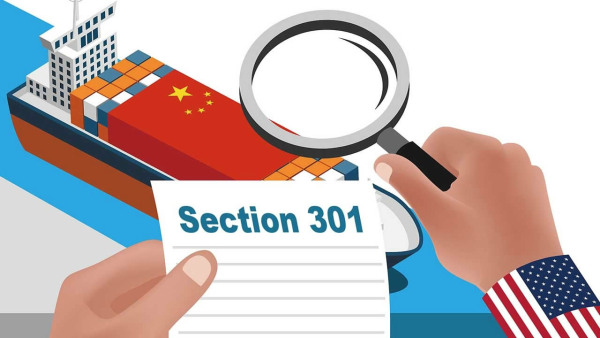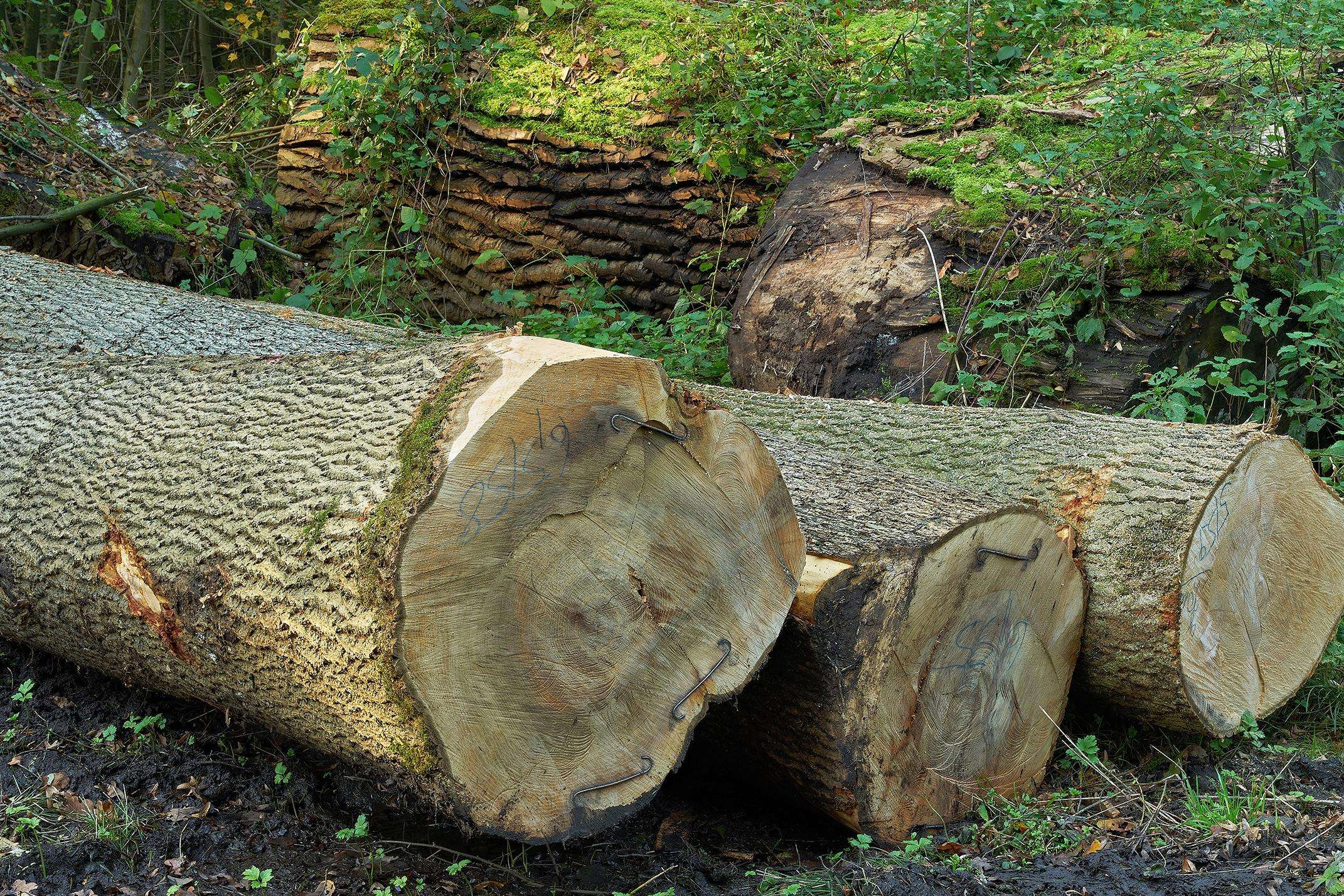By Arthur Bodek
In a notice to be published in the Federal Register, the office of the U.S. Trade Representative (“USTR”) has issued its request for comments on proposed modifications to the China 301 tariffs and the associated exclusion process for certain machinery. This proposal is being issued further to the USTR’s report on its Four Year review of the China 301 program and the direction of the White House (further information here). Notably, the notice is silent as to the fate of the existing exclusions scheduled to expire on May 31, 2024.
Comments on the USTR proposal may be submitted via an electronic portal from May 29, 2024 through June 28, 2024.
The proposed actions fall into three categories.
- Adding Or Increasing Section 301 Rates Of Duty.
Consistent with the direction of the President, the China 301 rates of duty would increase for the following categories of items in 2024 (effective August 1), 2025 (effective January 1) or 2026 (effective January 1), depending upon the item:
| Battery parts (non-lithium-ion batteries) | Increase rate to 25% in 2024 |
| Electric vehicles | Increase rate to 100% in 2024 |
| Facemasks | Increase rate to 25% in 2024 |
| Lithium-ion electrical vehicle batteries | Increase rate to 25% in 2024 |
| Lithium-ion non-electrical vehicle batteries | Increase rate to 25% in 2026 |
| Medical gloves | Increase rate to 25% in 2026 |
| Natural graphite | Increase rate to 25% in 2026 |
| Other critical minerals | Increase rate to 25% in 2024 |
| Permanent magnets | Increase rate to 25% in 2026 |
| Semiconductors | Increase rate to 50% in 2025 |
| Ship to shore cranes | Increase rate to 25% in 2024 |
| Solar cells (whether or not assembled into modules) | Increase rate to 50% in 2024 |
| Steel and aluminum products | Increase rate to 25% in 2024 |
| Syringes and needles | Increase rate to 50% in 2024 |
The specific impacted tariff provisions (382 HTSUS subheadings and 5 statistical reporting numbers) are identified in Annex A to the Notice, beginning on page 11.
- Identifying Tariff Subheadings Covering Particular Machinery Used In Domestic Manufacturing For Which China 301 Temporary Exclusions May Be Requested.
A process by which interested persons may request temporary China 301 tariff exclusions for certain machinery (of Chapters 84 and 85, HTSUS) used in domestic manufacturing is being established. The potentially eligible tariff provisions are identified in Annex B to the Notice, beginning on page 37. Procedures for requesting exclusions under this process will be published in a separate notice. Exclusions granted through this process will be effective through May 31, 2025.
- Granting 19 Temporary Exclusions For Certain Solar Manufacturing Equipment.
Finally, the USTR is proposing 19 temporary exclusions for solar manufacturing equipment. The impacted items are identified in Annex C to the Notice, beginning on page 50. These proposed exclusions will be effective upon publication of the notice and through May 31, 2025.
With respect to the proposed additions / increases in China 301 duties on the items indicated above (and in Annex A), interested persons are invited to comment on:
▪ The effectiveness of the proposed modification in obtaining the elimination of or in counteracting China’s acts, policies, and practices related to technology transfer, intellectual property, and innovation.
▪ The effects of the proposed modification on the U.S. economy, including consumers.
▪ The scope of the product description to cover ship-to-shore cranes under subheading 8426.19.00 (Transporter cranes, gantry cranes and bridge cranes).
▪ With respect to facemasks, medical gloves, and syringes and needles, whether the tariff rates should be higher than the proposed rates.
▪ With respect to facemasks, whether additional statistical reporting codes under tariff subheading 6307.90.98 should be included.
▪ Whether the tariff subheadings identified for each product and sector adequately cover the products and sectors included in the President’s direction to the USTR.
With respect to the exclusion process, the USTR seeks comments on whether the subheadings listed in Annex B should or should not be eligible for consideration in the machinery exclusion process (as well as whether Annex B omits certain Chapter 84 and 85 subheadings covering machinery used in domestic manufacturing that should be included).
Finally, with respect to the proposed solar manufacturing machinery exclusions in Annex C, the USTR is requesting comments on the scope of each exclusion, including any suggested amendments to the product description.
In order to facilitate preparation of comments prior to the May 29th opening of the comment portal, the USTR intends to post a copy of questions for the docket by May 24, 2024.
Please do not hesitate to contact any of our attorneys for further information on the above proposal or for assistance in drafting comments.





